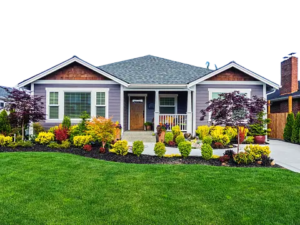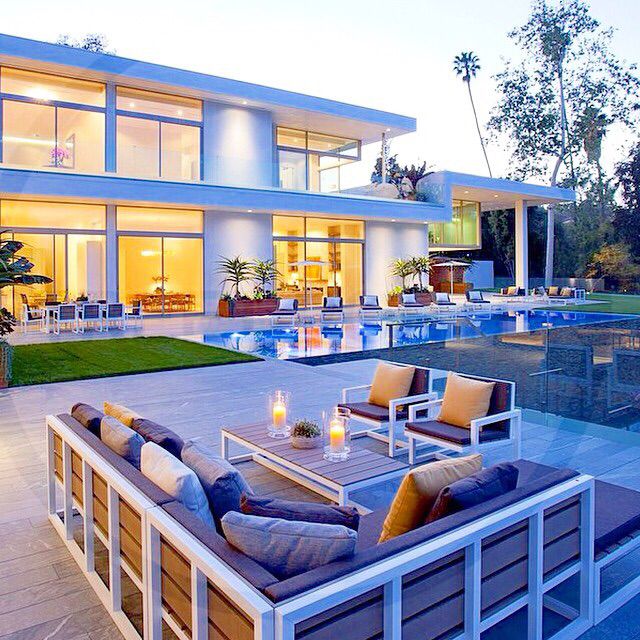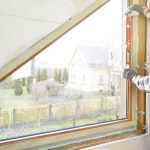Since the 1940s when plasterboard came into use, plasterers have debated the merits of dry vs. wet plaster as a wall finish. Other design elements will need to be evaluated before you make your choice, as it will have an impact.
Many plasterers in Taunton for instance favour wet plastering, because it provides superior soundproofing, fixing items to walls aren’t an issue and it also resembles traditional materials more closely. There are advantages to using plasterboard too, for instance no cracks or drying period, in addition to a speedy installation.
Option One: Wet Plaster
Wet plaster uses either gypsum backings trowelled onto blockwork or cement renders, and it’s the preferred option according to masonry lovers. There is little to choose between gypsum and cement in cost terms, and both are finished off with a thin skim coat of gypsum.
Benefits
Simple to understand and gives a smooth, durable finish. For difficult areas, for instance window reveals, dormers and doors, it’s perfect. As wet plaster provides a good seal around openings, it therefore offers superior airtightness as well.
Cons
Because it’s wet, it takes a long time to dry and this can also lead to hairline cracking issues with unwelcome callbacks and redecorating costs. It can be a costly business finding a plasterer who is skilled enough to work with wet plastering.
What does it cost?
£12-15/m²
Traditional Choice
There is a small but growing interest in traditional materials, principally lime mortars and clay plasters. They are expensive and tend to be used by people interested in natural materials, or wanting breathing wall designs. In the case of restoration work, sometimes it is important to use historically accurate materials: you can make use of chestnuts laths and plaster them with horse hair mixed into the lime mortar as opposed to a plasterboard ceiling. To stop them cracking when drying out, sometimes fibres are added to plaster – this is the modern equivalent of horse hair.
Plasterboard: Skim it or Tape & Joint?
There are two rival methods for finishing plasterboard. It’s possible to achieve a smooth, gloss finish ready for painting by trowelling on a skim-coat plaster. The joints between the boards are covered with scrim (i.e. hessian), and this is often the weak point in the method because the scrim doesn’t always mask the gap and cracks appear if the backing timber moves, which tends to happen in new builds. Tapered-edge boards are used in the alternative method known as taping and jointing, in which the nail holes and joints are taped and filled, before sanding the surface to remove any defects in appearance before painting. It’s quick and crack-free but many people don’t like the rough, matt finish it produces.
Option 2: Board on Dabs
Summary
Board on dabs is used frequently by specification housebuilders, as an alternative for masonry walls. Sheets of plasterboard are stuck against blockwork walls with dabs of adhesive, leaving a small cavity between the blockwork and board. The tape and joint method or a gypsum skim plaster are both options for the finish coat.
Pros
Callbacks and problems with hairline cracking are mostly avoided, making this a popular choice with plasterers and builders. Compared with wet plaster, the waiting time is minimal.
Cons
The cavity is a waste of space. The overall airtightness of the house is affected as the cavity is difficult to seal, and in addition it means that fixing radiators and shelving is that bit harder.
How Much?
£12-16/m²
Option 3: Board on Studwork
Summary
Essentially similar to the board on dabs method other than the absence of a cavity as the boards are nailed or screwed in, this method is widely used in SIPs (structural insulated panels) and timber frame homes. This is also how ceiling finishes are dealt with, whatever the build system.
Advantages
Again, it’s relatively easy and fast.
Downsides
Is still difficult to fix shelving and radiators to and doesn’t offer the same level of sound-proofing as wet plaster – unless you use a high-performance board.
Material cost
£12-16/m², similar to dabs.
Deciding
Materially there isn’t much difference in cost between dry and wet plastering – the majority of the additional expense involved in wet plastering is the additional labour costs due to the time and level of expertise involved. It can also take a long time to dry out, especially in winter when it can create a three- to four-week delay on site. Therefore, if speed and cost are a priority, plasterboard is by far the better option. Wet plaster usage means it’s easier to attach things like radiators and shelving. A skilled plasterer needs to be used for wet plastering, and you will also incur some unavoidable cracking in the plastering.






Wet plaster can be a great way to improve the appearance of your home or office. It is a versatile material that can be used for a variety of applications. However, it is important to take the time to learn how to use it properly to ensure that you get the best results.